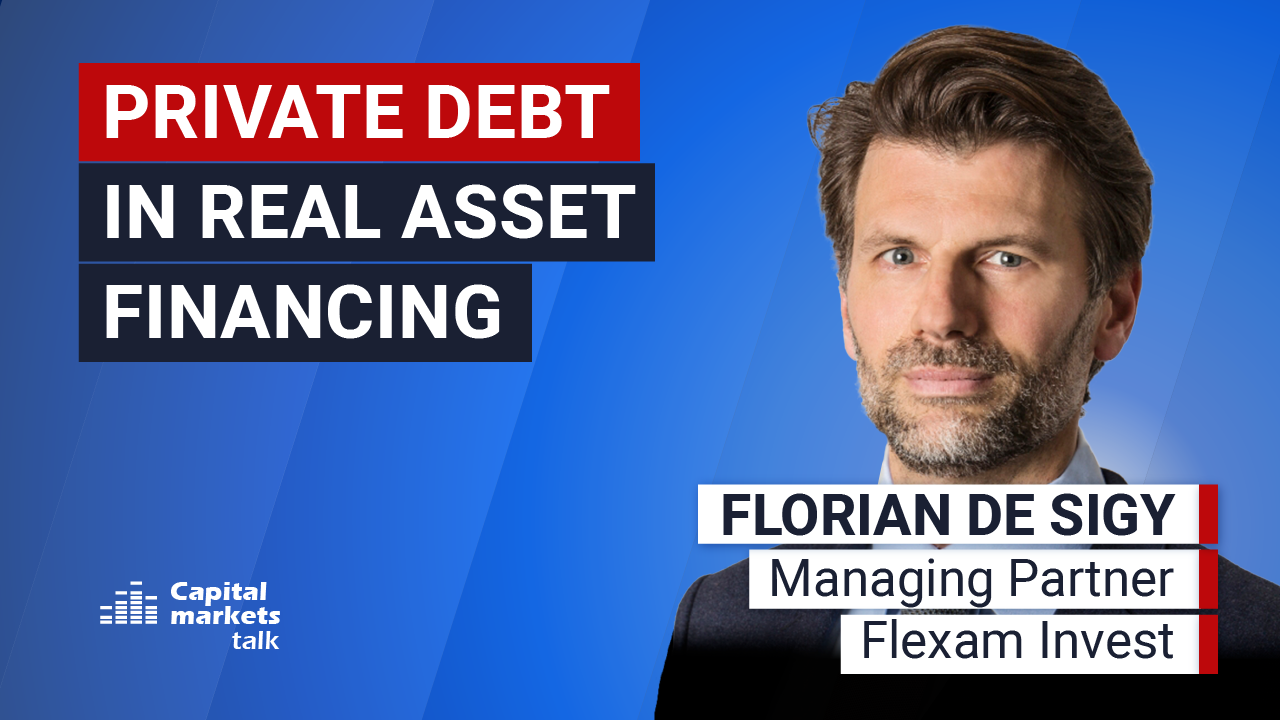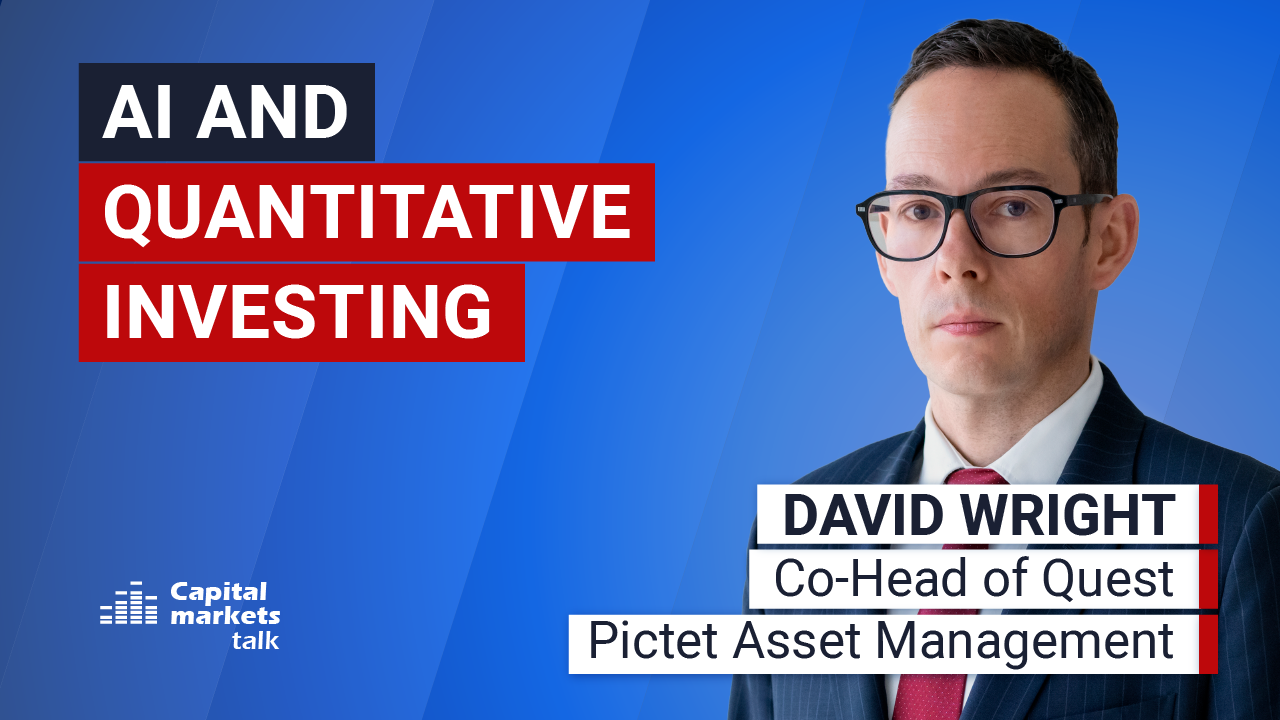Real estate investors in the developed markets are facing a mix of structural headwinds and acute near-term cyclical and geopolitical issues. Against this backdrop, CBRE Investment Management discusses the property return trends from 1919 to the present day, ‘new-normal’. It does so by studying the UK house prices as a representative of the developed real estate market.
CBRE asserts that real estate responds to overarching trends and disruptions within the fixed-income market, essentially being influenced by these forces. Building on this, the investment manager contends that real estate exhibited a more favourable ratio of return to risk compared to equities or gilts in 1919. Notably, during this era, it also provided a superior return in relation to the level of volatility, outperforming other asset classes.
Moving forward, CBRE highlights the prevalence of extended leases and upward-only rent reviews in 1970, with the property’s return/risk ratio reaching an exceptional high of 2.10, an unparalleled figure across asset classes.
Subsequently, the investment manager contends that the period between 1979 and 1992 was the worst time for property investments in terms of volatility as the return/ risk ratio was lower for real estate than for equities and gilt. With zero correlation with equities and gilt, real estate was more of a diversifier in the portfolio during this period, informed CBRE.
Additionally, Sabina Reeves, Chief Economist and Head of Insights and Intelligence at CBRE, touches upon the inflation-targeting regime period (1993-2007) and the quantitative easing period between 2008 to 2021.
Looking forward, Reeves expects the inflation volatility rate to rise from 1.2% to 2.4%. She also forecasts the real rent growth of a meagre 0.4% and the nominal rent growth rate as 2.4% on average. CBRE further suggests the ‘fair value’ property yield in the new normal (2022-2032) to be nearly 5.3%.
In conclusion, the investment manager said: “In a higher and more volatile inflation environment, the benefits of property as an inflation hedge and diversifier, given its strong performance in such environment, will lead investors to tolerate lower implied property risk premiums.”
Read the complete report here.
Read more

Global Trade
Trump ignites global trade war / Reactions
The USA itself will be the victim of Trump’s trade policy.

Private Debt
The case for private debt in real asset financing
What makes the combination of private debt and real assets particularly compelling in today’s market?

Schroders
Looking ahead: 30-year return forecasts
Higher returns are expected across asset classes, driven by stronger productivity growth for equities and elevated long-term central bank rate projections for bonds.

Quant Investing
AI and quantitative investing
Artificial intelligence applications go way beyond stock selection.

Bellevue Asset Management
Demographics and AI drive MedTech stocks
MedTech investment case: What makes it attractive, which trends stand out?





















